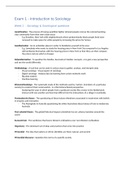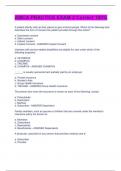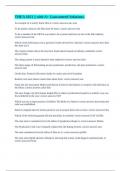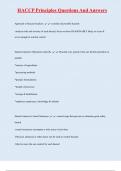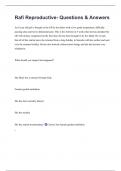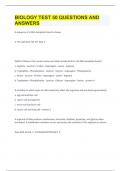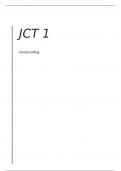Lecture notes
Business Edexcel Theme 1 + 2 Notes
- Module
- Theme 1 and 2 Business
- Institution
- PEARSON (PEARSON)
Highlights all key terminology including definition, advantages + disadvantages as well as diagrams. 2 Years of content in 1 document! Aimed at students of all grades!
[Show more]




